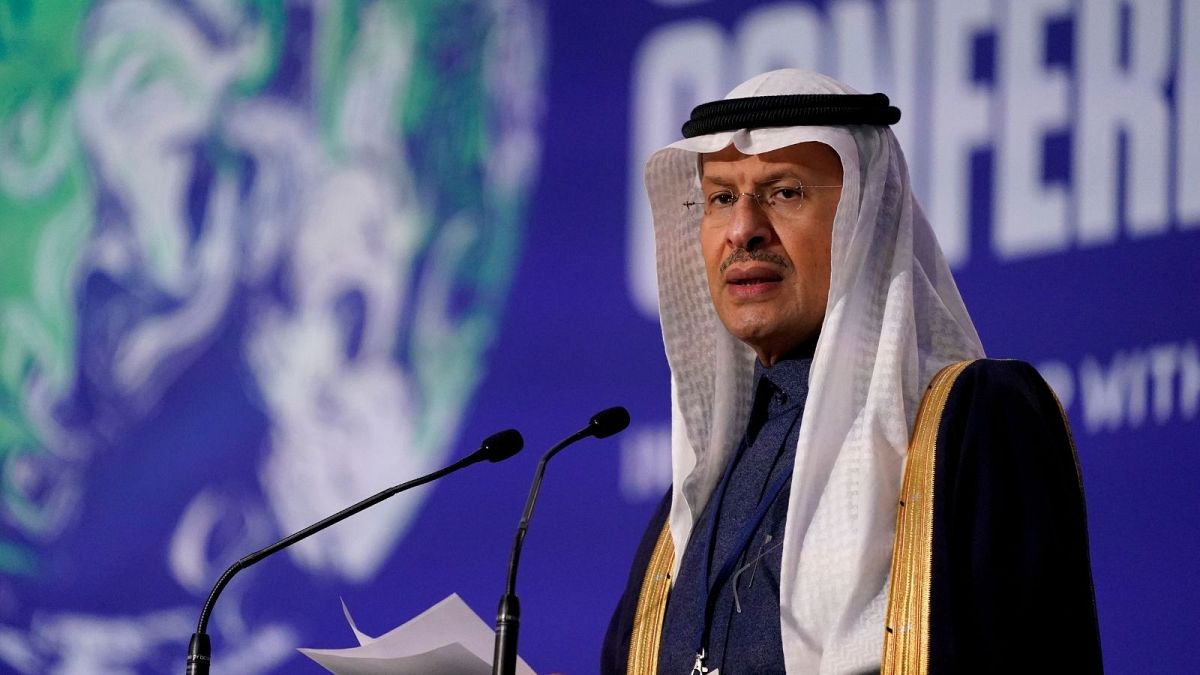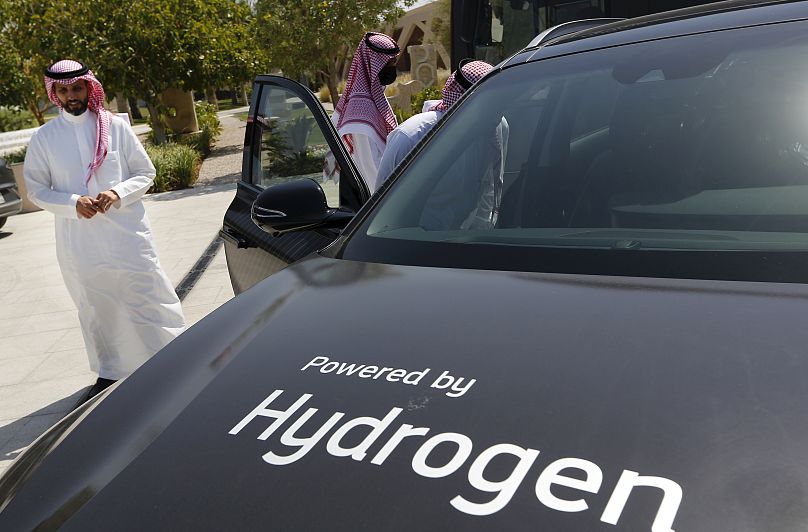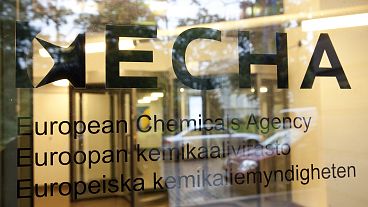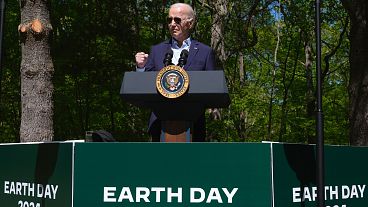Bin Salman told the World Economic Forum of the petropower’s ambition to become a green and blue hydrogen leader too.
Women in Saudi Arabia are happy to be working on pink hydrogen, the kingdom’s energy minister joked last week.
Abdulaziz bin Salman’s controversial comments were delivered during the World Economic Forum, where he outlined the country’s ambition to be a world leader in hydrogen production.
A spectrum of colours describe the way the gas is extracted - with some much cleaner than others. ‘Pink’ hydrogen uses nuclear power to electrolyse water, thereby splitting hydrogen from oxygen for use as a fuel.
The Saudi royal and politician said that women are particularly pleased to see progress being made in this industry. “We are recruiting, by the way, young Saudi ladies that are happy to see the pink coming along,” bin Salman said. “We have started being very conscious of taking care of our female new recruits and new cadets. We’re becoming an extremely well emancipated society.”
Research by the same organisation he was addressing throws serious doubt on that latter claim. Last year the World Economic Forum’s gender equality index ranked Saudi Arabia 147 out of 156 countries on the global gender gap; with Iceland in first place and Afghanistan last.
Women make up 6.8 per cent of all managerial positions in Saudi society, the wider report found, and there are no female ministers in government. Their average income is just less than a quarter of a man’s. The minister did not explain why women, especially young women, are making pink hydrogen, rather than men of any age.
So how do bin Salman’s energy claims stand up?
Green, blue and pink hydrogen: How is Saudi Arabia shifting power?
Saudi Arabia is the biggest exporter of crude oil in the world, but the Gulf nation is increasingly looking to hydrogen as the fuel of the future.
According to the International Renewable Energy Agency’s calculations, the global trade in hydrogen is expected to overtake oil by 2050. Energy analysts are torn over hydrogen’s potential to decarbonise the global economy as it depends on the method used to make it and other factors.
Bin Salman acknowledged the EU is interested in green hydrogen - made by using renewable energy to split water molecules. He said he had discussed exporting the low-carbon fuel to the EU with the European Commission’s vice-president Frans Timmermans.
This would be partly supplied by a new $5 billion (€4.4 billion) green hydrogen plant in the new Saudi megacity of Neom, due to start running by 2025.
However it is with blue hydrogen that the energy minister feels the petropower can really excel. This is hydrogen extracted from fossil fuel gas like methane, with the potential to capture and store greenhouse gas emissions underground.
“We will have a field day with blue hydrogen because we’re the cheapest cost producer of gas,” said bin Salman. “We’re doing a huge investment in shale gas in Saudi Arabia and we will be dedicated to having that gas to be used for producing blue hydrogen.”
It is unlikely that hydrogen derived from fracked shale gas will be accepted under the EU’s forthcoming guidelines on hydrogen exports, Climate Home News reports.
As for pink hydrogen, Saudi Arabia is building up its nuclear power with two large reactors planned and smaller ones to de-salt sea water. It is not such a natural choice of ‘colour’ for the country to pursue, given its ideal location for using solar power to produce green hydrogen.
Last year, Saudi Arabia announced that it will generate 50 per cent of its energy from renewables by 2030, having suffered from the effects of desertification, dust storms and air pollution that its oil-heavy economy is fuelling.




